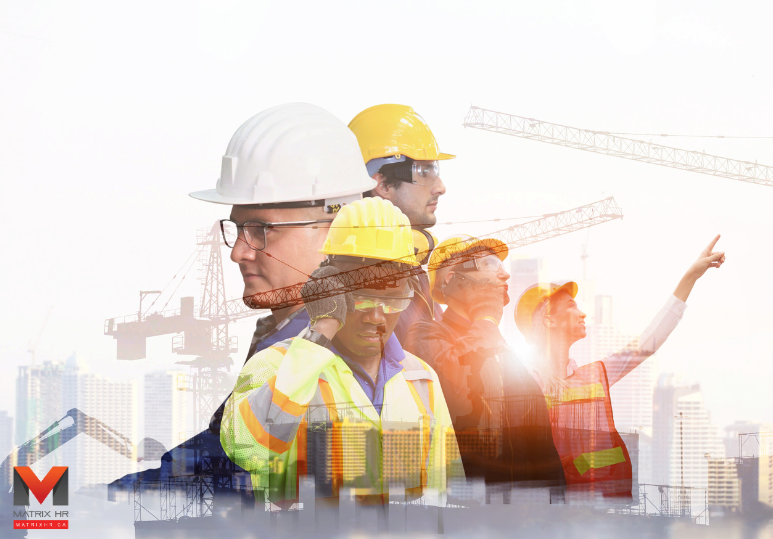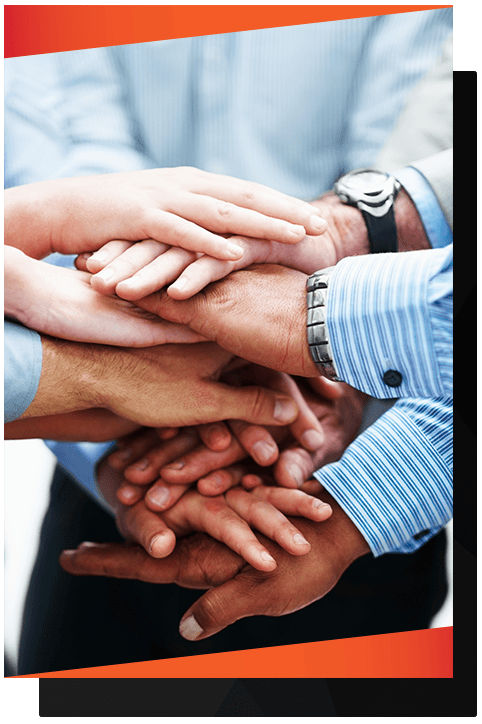
Construction sites are notorious for being work environments prone to hazards, with the presence of heavy machinery, power tools, heights, and hazardous materials posing constant risks of accidents and injuries. In order to maintain a safe work environment on construction sites, proper communication, strict safety protocols, and a strong safety culture are essential. This article will explore the importance of safety in the construction industry and provide best practices for ensuring the well-being of workers on construction sites.
One of the key aspects of maintaining safety on construction sites is the importance of proper communication. It is essential for workers to be able to communicate effectively with each other and with supervisors about any safety concerns or potential hazards that they may encounter. Encouraging an open line of communication can help to prevent accidents and ensure that all workers are aware of the safety protocols in place.
One of the best ways to ensure safety on construction sites is by implementing and enforcing strict safety protocols, policies and guidelines. This includes conducting frequent Field Level Hazard Assessments, Tool Box meetings, regular safety inspections, providing proper training to workers, and enforcing the use of personal protective equipment (PPE) at all times. It is also important to be in compliance with Occupational Health and Safety regulations in your jurisdiction, and have a designated safety officer on site who can oversee safety procedures and address any safety concerns that may arise.
Another important aspect of safety in construction is the need for proper equipment maintenance. Regular maintenance and inspections of machinery and tools can help to prevent malfunctions and breakdowns that could lead to accidents. It is also important for workers to be properly trained on how to use equipment safely and to report any issues with equipment to supervisors immediately. Lockout-Tagout policies and procedures should be made clear to all workers and enforced by the employer.
In addition, construction companies should have a strong safety culture that prioritizes safety above all else. This means that safety should be a top priority for all workers, supervisors, and managers on the construction site. By fostering a culture of safety, companies can create an environment where workers feel empowered to speak up about safety concerns and work together to prevent accidents. Implementing best practices and emphasizing the importance of safety will help construction companies mitigate risks and create a secure workplace for their employees.
Some of the best practices for maintaining a safe work environment on construction sites include:
1. Conducting regular safety meetings: Regular safety meetings are a great way to keep workers informed about potential hazards on the construction site and discuss ways to mitigate those risks. When conditions change, hazards change.
2. Providing proper training: All workers should receive thorough training on how to safely operate machinery and tools, as well as how to handle hazardous materials. Training should be ongoing to ensure that workers are up to date on the latest safety protocols. It is also important for construction companies to provide their workers with access to safety training resources. Many organizations offer safety training programs specifically tailored to the construction industry, which can help workers learn how to identify and mitigate safety risks on the job.
3. Enforcing the use and inspection of PPE: Personal protective equipment, such as hard hats, gloves, safety goggles, safety vests and steel-toed boots, and hearing protection should be worn at all times on construction sites to protect workers from injuries.
4. Housekeeping Keeping work areas clean and organized: Cluttered work areas can lead to trips, falls, and other accidents. It is important to keep work areas clean and organized to prevent accidents from occurring.
5. Implementing emergency response plans: Construction sites are required to have emergency response plans in place in case of accidents or other emergencies. This includes having first aid kits on site, as well as clear protocols for responding to accidents. All workers on a job site should know who is the First Aid contact on duty and where to find them.
Each province and territory in Canada has its own set of safety standards. To find out more about safety in the industry and your rights as a construction worker, find your provincial or territorial construction safety association on the Canadian Federation of Construction Safety Associations (CFCSA) website.
To view our safety commitment, click here: https://matrixlabourleasing.com/pages/safety
Overall, safety in construction is a multifaceted issue that requires a proactive approach from all stakeholders involved. By following best practices, implementing strict safety protocols, and providing workers with access to safety training resources, construction companies can create a safe work environment that protects the well-being of all workers. Prioritizing safety not only benefits the workers themselves but also contributes to the overall success and efficiency of construction projects.
Proper communication is essential for workers to be able to communicate effectively with each other and with supervisors about any safety concerns or potential hazards that they may encounter. Encouraging an open line of communication can help prevent accidents and ensure that all workers are aware of the safety protocols in place.
Some best practices for maintaining safety on construction sites include conducting regular safety meetings, providing proper training, enforcing the use and inspection of PPE, keeping work areas clean and organized, implementing emergency response plans, and prioritizing a strong safety culture within the company.
By prioritizing safety above all else, companies can create an environment where workers feel empowered to speak up about safety concerns and work together to prevent accidents. Fostering a culture of safety requires a proactive approach from all stakeholders involved in the construction project.
Regular maintenance and inspections of machinery and tools can help prevent malfunctions and breakdowns that could lead to accidents. Properly trained workers should be able to use equipment safely and report any issues to supervisors immediately.
Solving your workforce challenges does not need to be expensive and complicated. The Matrix HR process to overcome obstacles to staffing and human resources is simple. The solutions are clear. Let us guide you to bolster your team with our easy, efficient strategies so you can focus on growth and profitability.

Our assessment of your current workforce and human resources obligations and your goals for your business will help us identify skill and labour gaps, operational inefficiencies, and opportunities to fortify your team and streamline operations.

Your Matrix Team will finalize all service agreements and with our in depth market and industry insights, build a customized, comprehensive strategy to help you meet immediate and long-term workforce goals, payroll administration and funding challenges, and back office shortfalls.


We will leverage our talent database, our proven temporary (temp-to-hire) and direct hire recruiting and staffing solutions, payroll management and financing options, Employer of Record (EOR) services, and more to fortify your team and bolster your operations.

Our commitment to the success of your business doesn’t end when we place a new hire with you. Our Managed Services model means that we are committed to continued engagement with your team to audit the fit of our placements, the efficacy of our HR strategies, and to be ready to mobilize again when you need us most.

Matrix HR is a trusted provider of staffing services for businesses across Canada, the US, and around the world. We specialize in recruitment and staffing, payroll administration and funding, and back-office facilitation with strategies like Employment of Record (EOR). To build a skilled and resilient workforce and streamline operations with effective HR solutions, connect with our team today.